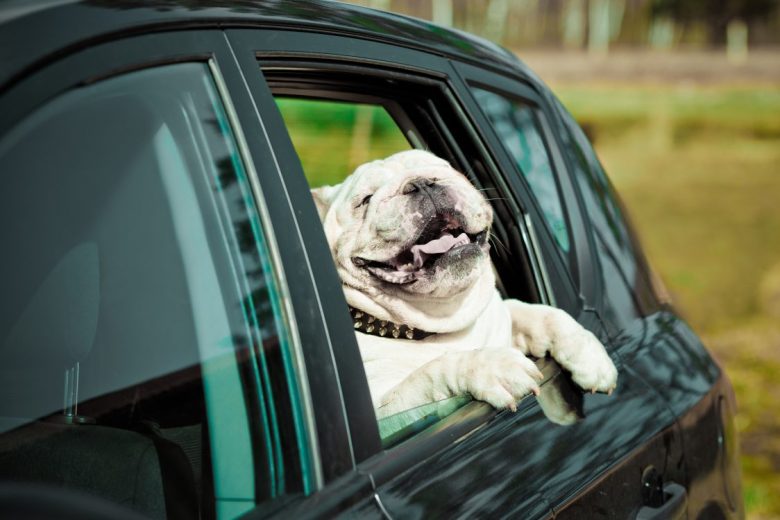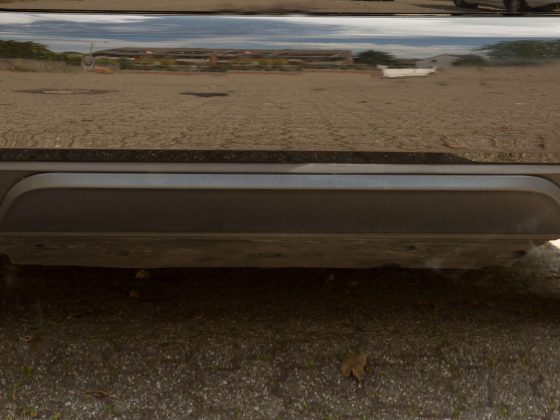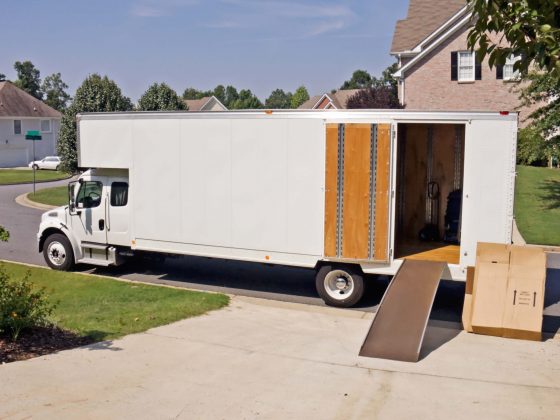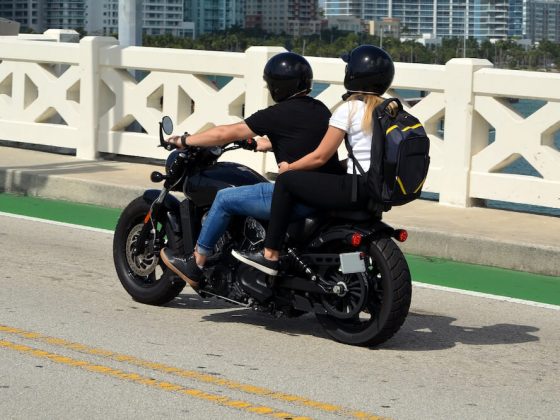People love pets. Why? They’re lovable, they’re loyal, and they’re fun to be with. In fact, 65% of U.S. households had at least 1 according to a 2012 survey. However, if you’re the kind of pet parent that likes to travel with your furry friend, then it’s important to practice safe traveling when they are riding as co-pilots, tagging along on errands, and more.
Use eTags© to Quickly Complete Your DMV Service. Renewals, Title Transfers and More, All Online!
Parked Vehicles Are Danger Zones
 We’ve preached about it before: Pets should never be left unattended in a parked vehicle. Every year, thousands of pets die from being left in hot vehicles. Not only is this cruel to animals, but it’s also against the law in several states. Many people believe that if they’re only in a store a few minutes and they crack a window, their pet will be just fine. That is a myth that can lead to tragedy. The fact is, cracking a window when your vehicle is sitting directly in the sun does little good. Your vehicle can still become a death box in just a few minutes. The chart below shows the progression of heat from the inside of a vehicle that is off.
We’ve preached about it before: Pets should never be left unattended in a parked vehicle. Every year, thousands of pets die from being left in hot vehicles. Not only is this cruel to animals, but it’s also against the law in several states. Many people believe that if they’re only in a store a few minutes and they crack a window, their pet will be just fine. That is a myth that can lead to tragedy. The fact is, cracking a window when your vehicle is sitting directly in the sun does little good. Your vehicle can still become a death box in just a few minutes. The chart below shows the progression of heat from the inside of a vehicle that is off.
| Outside Air Temperature | Elapsed Time in Minutes | ||||||
| 10 | 20 | 30 | 40 | 50 | 60 | Past 1 Hour | |
| 70 | 89 | 99 | 104 | 108 | 111 | 113 | 115 |
| 75 | 94 | 104 | 109 | 113 | 116 | 118 | 120 |
| 80 | 99 | 109 | 114 | 118 | 121 | 123 | 125 |
| 85 | 104 | 114 | 119 | 123 | 126 | 128 | 130 |
| 90 | 109 | 119 | 124 | 128 | 131 | 133 | 135 |
| 95 | 114 | 124 | 129 | 133 | 136 | 138 | 140 |
Information provided by the AVMA
This summer while you’re running your errands or traveling across the country, make sure you either always have your furry friend tag along in the stores or leave them at home. Not doing so could mean that you’ll face expensive fines, jail time, or worse; life-long regret for causing the death of your pet. Here in the United States, there are currently 16 states that have already established laws protecting animals from being left in a hot vehicle. These states include:
| California | Nevada | Arizona | Illinois | Maine Maryland |
| Minnesota | North Carolina | New Hampshire | New Jersey | New York |
| North Dakota | Rhoda Island | South Dakota | Vermont | West Virginia |
The fines and penalties for each of the states listed in the chart above will vary.
Pets Should Buckle Up Too
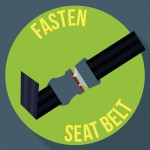 In United States, there are thousands of crashes caused each year as a result of a pet in the front seat! Pet parents may not consider their pet child a distraction but, like a cell phone or other device, they divide your attention from the most important task at hand when in a moving vehicle; driving. So, what can a responsible pet parent do?
In United States, there are thousands of crashes caused each year as a result of a pet in the front seat! Pet parents may not consider their pet child a distraction but, like a cell phone or other device, they divide your attention from the most important task at hand when in a moving vehicle; driving. So, what can a responsible pet parent do?
Put a seat belt on them of course.
A pet harness acts as a seat belt for the furry, four-legged children of proud pet parents. One of the most popular models on the market is The Bergan Pet Safety Harness. This harness has been tested and approved by the American Society for the Prevention of Cruelty (ASPCA). There are other pet harnesses on the market and it just takes a little research to find the right one. One of the biggest mistakes pet owners make is not acquiring the right size harness for their pet. The chart below lists the proper sizes of harnesses for your pet’s weight.
| Harness (Breed) Size | Pet’s Weight |
| Small | 10 to 25 pounds |
| Medium | 25 to 50 pounds |
| Large | 50 to 80 pounds |
| Extra Large | 80 to 150 pounds |
In addition to unrestrained pets becoming a distraction to drivers, you should also restrain your pet because, in the event of a crash:
- They are better protected from injuries that can be sustained within the cabin or from being projected out through a window
- You and your passengers are better protected since your pet will not be a moving object that can be hurled into others within the vehicle
- They don’t pose as much of a threat to first responders trying to reach human passengers. A frightened and unrestrained pet may bite Paramedics, Officers, or Good Samaritans
Properly securing your pet in the vehicle is an essential part of being a responsibility pet owner. While a pet harness would be the best safety device, a pet partition, which can be a little more affordable, might be a good option as it provides a barrier keeping your pet from jumping into the front seat and acting as a more pronounced distraction.
More Tips for Traveling With Your Pet
- If you carry your pet in a carrier or stroller, make sure it’s well ventilated and large enough for your pet to sit-up and move around.
- Prepare your pet for long road trips with a series of small little trips beforehand like taking them with you to the gas station or through the fast food drive-thru.
- Never feed your pet or let them eat while the vehicle is in motion as this can make them nauseous and result in not-so-clean seats and floors.
- It’s best to outfit your pet with proper identification like a collar, dog tag, or other identification device in case they get lost.
- Don’t let your pet hang its head out the window. Not only could they be hurt by hanging branches and flying particles, your pet could distract other drivers.
- Some states require a pet’s rabies vaccination record before you can enter into the state. Make sure you bring this along when traveling.
- Bring a familiar toy or other item they love along with you. A familiar, favored object may help reduce anxiety and other negative reactions to travel.
- Never, never leave your pet alone in a hot vehicle.
It’s Child Passenger Safety Week and, for many, their pets are their children. Make sure you protect them like you would your two-legged offspring by assuring your furry passenger is safe when you travel. For more pets as passengers travel safety tips, the ASPCA has a wonderful list that can make your journey all the more enjoyable.
